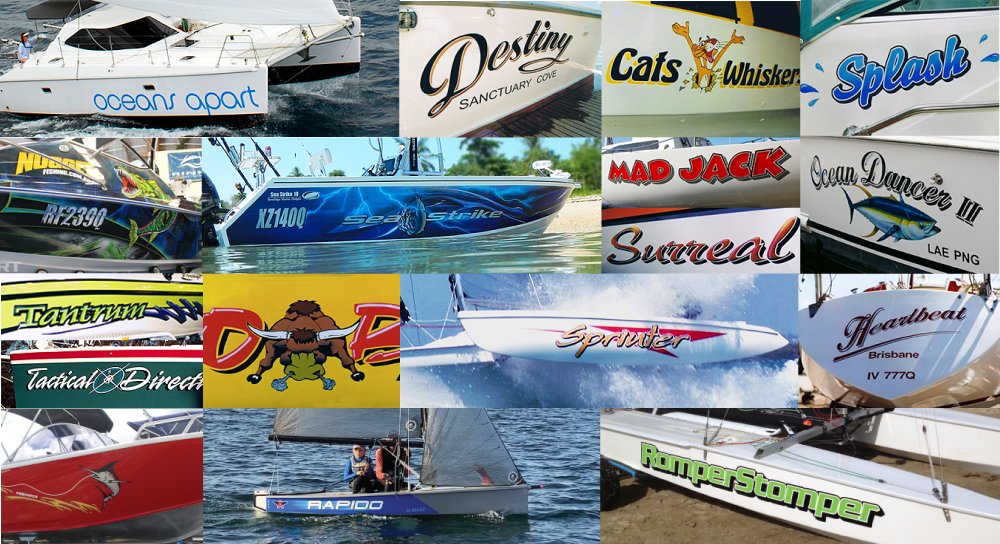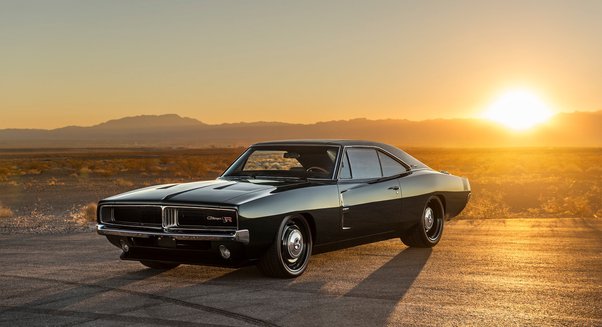
The perfect place to find a classic 1980s sportscar is here. Below are some examples we love. We also include the Pontiac Fiero GT (GM F-Body), the Saab Turbo 16S GT GT and the Buick GNX. Are there other 1980s cars worth your consideration? Learn more about each model's performance.
Pontiac Fiero GT
From 1984 to 1998, Pontiac Fiero made its first production. This was a 2-seat mid-engine sportscar. Pontiac's moral victory was the Fiero. The Fiero was a viable option to Chevrolet Corvette. Although initially marketed as a commuter vehicle, the Fiero was in fact a mini with high-mileage to meet CAFE standards.
GM F Body
The GM-80 Camaro/Firebird would still have been part of the GM F-Body lineup, but with a new design and improved performance. The third-generation Camaro's platform was redesigned to make it lighter, which would have improved its handling. Although the car used steel structural frames and molded panels, engineers looked into extruding aluminum or rolling steel tubular structures. They chose composites due to their corrosion resistance and cost saving.

Saab Turbo 16S GT
Saab's Turbo 16S was a popular model from the 1980s. Saab introduced the Automatic Performance Control in 1982 when it began exporting cars. This allowed the car's ability to run on different gasoline grades without causing engine damage. GLE and Turbo gained central locking doors in 1983. The Turbo also received Asbestos-free brakes. Front pads were semimetallic, and rear ones were silica based. 1984 saw the introduction of a new central console for the GLE model. In addition, bumper decor strips got wider.
Buick GNX
The GNX was inspired by the Grand National Series, and the GM company's 1980 and 1982 championships in the series. The Buick Regal GNX-based Buick Regal was driven by Darrell Waltrip who was the Buick's winning driver in those years. Its naturally aspirated 4.1-liter V6 was rated to produce 125 horsepower. Buick's GNX was made until 1983.
Saab 944
The Porsche 944 was the first turbocharged high-performance sports car to arrive on the US market. It was made in only a handful of years between 1983 and 1991, but it had enough performance to make its owners forget about the earlier Porsche 911s. The 944 was manufactured until 1991. Its production numbers, which range from 2,402 and 3,098, are documented. This model number can be found on the US market under WPOBA and WPOCB.
Porsche 959
The Porsche 911 Carrera S is faster than the Porsche 959, but it's not as fast. The 959's handling is impressive, despite the fact that the body is just 1,450kg lighter. Although the antilock brakes of the 959 are very effective, the body isn’t as tight so bumps in Molecomb corner could catch you by surprise. The Porsche 959 was a sports car that was popular during its heyday, so a spirited drive might be in order.

Saab Turbo 16S GT GT manual gear
Saab Turbo 16S GT GT is one the few cars to have a manual transmission. The car's 2.4-liter 4-cylinder motor and 5-speed manual transmission made for a great driving experience. The car's suspension system was designed to keep the driver well-protected against the road's irregularities. The double wishbone front and back suspensions gave the car excellent handling and road feel. The rear suspension system consisted of a typical beam axle design stabilised by a Panhard rod. The axle and chassis were connected by Watts linkages that allowed the driver access to various functions. The vehicle's lower control arm was attached at its bottom. While the upper link was on the top, it faced the rear. The Saab Turbo 16S GT was also equipped with power steering.
FAQ
What does it matter which college I attend?
No, not really. There is no difference between colleges in terms of how to get into the automobile industry. However, some schools offer better programs than others so if you're looking for something more specialized, look elsewhere.
How long is an automotive mechanic apprenticeship
It takes approximately three years to complete an automotive mechanic apprenticeship. This includes two years in school and two as an apprentice. The first year is dedicated to learning the theory and practical skills of the trade. You'll also learn how tools can be used safely and efficiently during this year. After the first year, a second year will be spent on-thejob training. This year you'll get experience in different trades. These years will offer you the opportunity to attend formal classes.
The final year of the program is spent gaining qualifications and becoming certified in the field. These include NVQs (National Vocational Qualifications), that are given after passing specific industry exams. Additionally, HNCs are Higher National Certificates that cover general subjects such management, customer service, and business administration. City & Guilds certificates offer qualifications in certain trades.
What are the requirements of an auto technician?
You need to have high school diploma or GED and good grades in English as well as maths. It is also necessary to be able both to read and to write. You will need to pass a written test and then go through a series of practical exams before being allowed to start work.
Statistics
- According to the BLS, total auto technician employment is expected to exceed 705,000 by 2030. (uti.edu)
- 52% of Mechanics in the United States think their salaries are enough for the cost of living in their area. (indeed.com)
- The U.S. Bureau of Labor Statistics (BLS) reports that the job outlook for automotive service technicians and mechanics is expected to decline by 4% from 2019 to 2029. (indeed.com)
External Links
How To
How to Become an Automotive Technician
An automotive technician is responsible for vehicle maintenance and repair. He/she works at car dealerships, auto shops, garages, service centers, etc. He/she assists customers in fixing their cars, trucks or motorcycles. An automotive technician must be capable of diagnosing problems and making repairs safely, accurately and efficiently.
To become an automotive technician, a person must first earn an associate's degree from a vocational college. After completing this program, he/she will need to pass the National Institute for Automotive Service Excellence's (ASE) certification exam. ASE stands as American Society of Mechanical Engineers. There are two parts to the ASE certification exam. One section tests mechanical knowledge; the second section tests practical skills. You will need to attend an authorized testing site in order to pass the test. These testing sites can be found online and through your local dealer.
After passing the test, a candidate must pass an examination in order to be licensed as an automotive technician. This process can vary depending on where the applicant lives. Some states require that applicants attend a training class, while others allow them freedom to study at their own pace. In addition, some states license technicians immediately after they receive their license, while others wait until they have completed at least six months of employment as an automotive technician.
An applicant should apply to a local auto shop in order to start their career as an automotive technician. Most new employees begin as apprentices once they are hired. Apprenticeship programs usually last three years. A student will learn to repair basic things like changing oil, adjusting brakes or replacing tires. They also learn how spark plugs are cleaned and inspect engine compartments. Some students are taught how to repair engines and replace transmission fluids. Classes are offered by most schools during regular business hours. Some schools also offer evening classes, if necessary.
When a student has completed his/her apprenticeship, they become a journeyman. Journeymen spend typically four to five years learning to install major systems such as transmissions and differentials, steering gear, suspensions and drive shafts. They are also taught how to troubleshoot electrical components and remanufacture engines. Because they have a good understanding of the job and what customers expect, many employers prefer to hire journeymen.
A candidate who passes all the necessary exams and gets a license might be interested in opening his/her own business. According to Bureau of Labor Statistics (2010), almost 1.7million automotive mechanic jobs were on the market. The Bureau of Labor Statistics predicted that this number would rise by 18% from 2009 to 2020. If a candidate decides to open his/her own shop, he/she should prepare to invest many thousands of dollars in equipment and supplies.
The salary for an automotive technician depends on several factors, including the type of employer, location, education level, and experience. A jobless person can expect to make $20,000 per year. Someone who has only a highschool diploma could earn around 21,000 dollars per year. Those with an associate's degree earned approximately $24,000 per year. Technicians with bachelor's degrees earned about $27,000 per year. And those with master's degrees made around $32,000 per year. Salary increases are common so professionals who make less than $30,000 a year could realistically expect to earn $40,000 over the next few years.